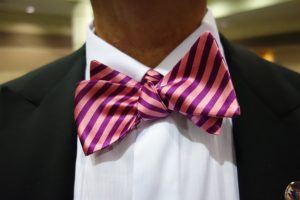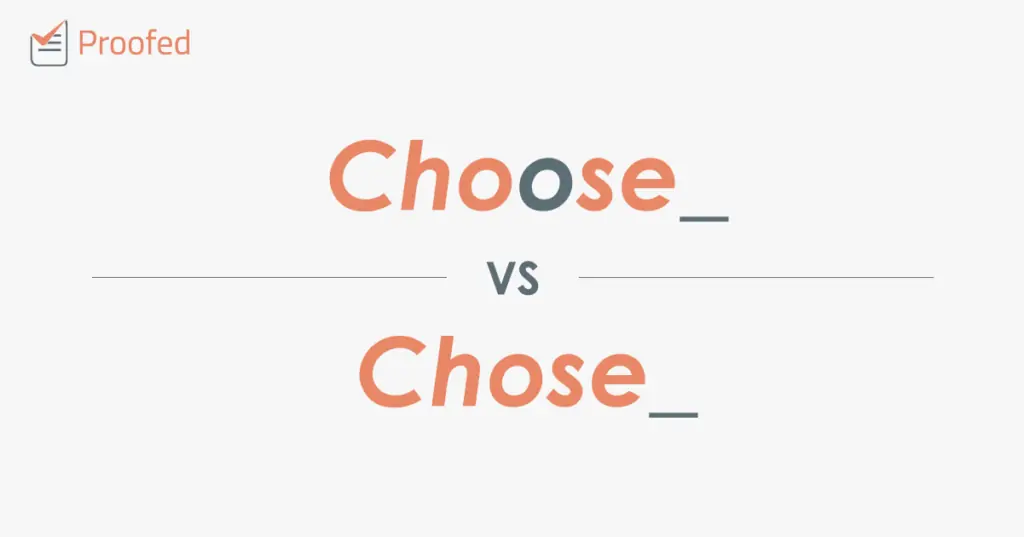The difference between the present and past is important. After all, you’d never get anything done if you couldn’t tell the difference between today and yesterday. Or perhaps you’d think you’d already done it… The point is that it’s confusing, which is also true if you mix up “choose” and “chose.”
These are variations of the same word. “Choose” is a present tense verb; “chose” is a past tense verb. But how should you use them? Let us explain.
Choose (Simple Present Tense)
To “choose” (pronounced to rhyme with “shoes”) something is to make a decision. Since this is a simple present tense verb, we typically use it for generalizations and current actions:
Many people choose to wear a hat in the summer.

“Choose” can also be combined with “will” in the simple future tense or “would” to express a hypothetical:
I will choose what to wear before I go out.
If I were you, I would choose now.
The first sentence here expresses an intention in the future simple tense. The second is a hypothetical scenario about making a choice. But in both cases, “choose” is the correct term.
Chose (Simple Past Tense)
If a decision has already been made, the word you’ll need is “chose” (pronounced to rhyme with “nose”). This is the simple past tense form of this word. For instance:
When I saw the rain, I chose not to go out.
Here, for example, the speaker is talking about a past decision.
Find this useful?
Subscribe to our newsletter and get writing tips from our editors straight to your inbox.
Choosing and Chosen (Present and Past Participles)
There are two more variations of this word: the present participle “choosing” and the past participle “chosen.” We use present participles in the continuous (or progressive) tenses to describe an action that occurs over a period of time. For instance, we might say:
I am choosing what to wear for the interview.
This sentence uses the present continuous “am choosing what to wear” to show that a decision is currently being made.

Past participles, meanwhile, are used in the perfect tenses. For example:
She had chosen what to wear, but then she decided to stay home instead.
Here, the past perfect “had chosen” shows a decision was made in the past (i.e., what to wear) before something else happened (i.e., deciding to stay home).
Choose or Chose?
The participle forms above are easier to remember because they look quite different written down, but it’s easy to mix up “choose” and “chose” if you’re not careful (even if it is just a typo).
Our main tip is to proofread your work thoroughly (or ask a professional to do it). Keep an eye out for these words and make sure that each one is the correct tense for the sentence. Remember:
Choose = Simple present tense
Chose = Simple past tense



